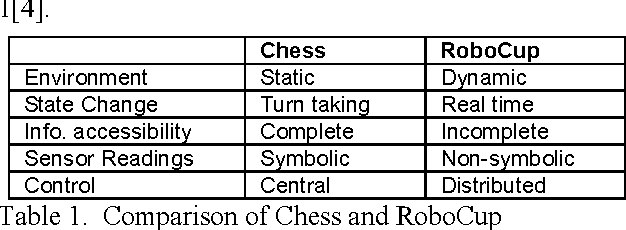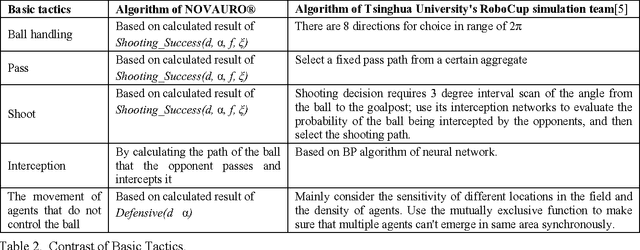Xianyi Chen
Natural Adversarial Patch Generation Method Based on Latent Diffusion Model
Dec 27, 2023Abstract:Recently, some research show that deep neural networks are vulnerable to the adversarial attacks, the well-trainned samples or patches could be used to trick the neural network detector or human visual perception. However, these adversarial patches, with their conspicuous and unusual patterns, lack camouflage and can easily raise suspicion in the real world. To solve this problem, this paper proposed a novel adversarial patch method called the Latent Diffusion Patch (LDP), in which, a pretrained encoder is first designed to compress the natural images into a feature space with key characteristics. Then trains the diffusion model using the above feature space. Finally, explore the latent space of the pretrained diffusion model using the image denoising technology. It polishes the patches and images through the powerful natural abilities of diffusion models, making them more acceptable to the human visual system. Experimental results, both digital and physical worlds, show that LDPs achieve a visual subjectivity score of 87.3%, while still maintaining effective attack capabilities.
Design and Implementation of a General Decision-making Model in RoboCup Simulation
Nov 08, 2004



Abstract:The study of the collaboration, coordination and negotiation among different agents in a multi-agent system (MAS) has always been the most challenging yet popular in the research of distributed artificial intelligence. In this paper, we will suggest for RoboCup simulation, a typical MAS, a general decision-making model, rather than define a different algorithm for each tactic (e.g. ball handling, pass, shoot and interception, etc.) in soccer games as most RoboCup simulation teams did. The general decision-making model is based on two critical factors in soccer games: the vertical distance to the goal line and the visual angle for the goalpost. We have used these two parameters to formalize the defensive and offensive decisions in RoboCup simulation and the results mentioned above had been applied in NOVAURO, original name is UJDB, a RoboCup simulation team of Jiangsu University, whose decision-making model, compared with that of Tsinghua University, the world champion team in 2001, is a universal model and easier to be implemented.
 Add to Chrome
Add to Chrome Add to Firefox
Add to Firefox Add to Edge
Add to Edge